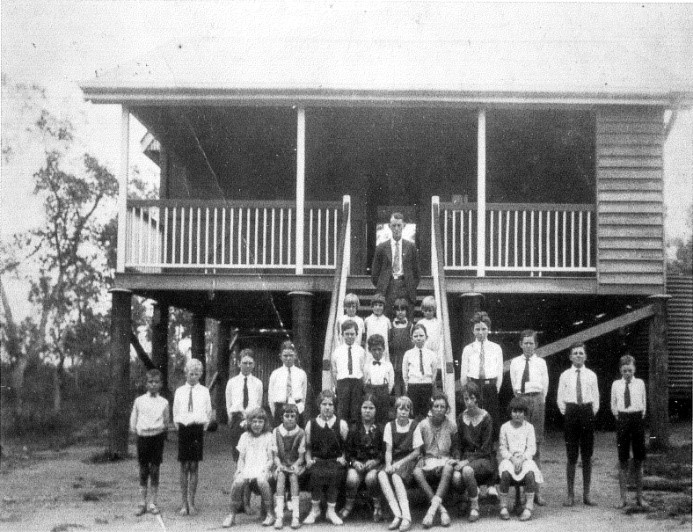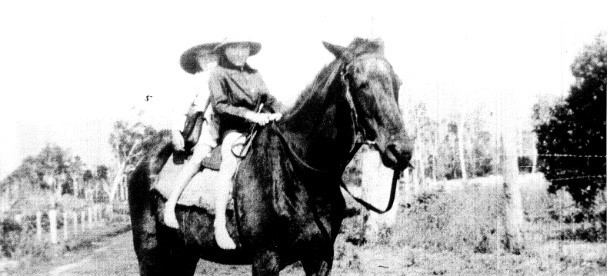From the early beginnings of Caravonica State School, from a single building facility to the multi-building complex which we have today, the school stands strong as part of the community and our history, the captured reflection of life at any given time.
Caravonica State School officially opened in June 1927. In the first year, thirty-six students were enrolled with an average attendance of 18. At one stage in its history, the school boasted seven sets of twins! The event was publicised down south and televised on the ABC.

The entire school was accommodated in one room and the original school building still stands proudly on our school grounds today. Today's students who sit in the classroom of A block, located nearest the basketball courts, are learning in the original school building.

Most students either walked to school or rode their horses. It wasn't until 1950 that the school got its first school bus. The small Bedford truck had a canvas canopy over the tray back. It was operated by Ernie Warren and ran from the Northern Beaches.

From its earliest days to the present, floods have always been a distraction for Caravonica students. Annual floods have always caused much havoc. Mr Max Campbell was the schools longest serving Principal and floods would often see him stranded at Kamerunga. He was known to swim the river if a row boat was not available.
Although today's floods don't interrupt the students schooling like they did back in the early 1990's, the back oval is always a sight to see in the wet season and is often referred to as 'Lake Caravonica'.

Our School Patron of 25 years, the Honourable Mr Martin Tenni wrote in 2002 ….
WHAT EDUCATION HOLDS FOR THE FUTURE
Over the years we have seen many changes in how and where our children are educated. Old timber schools with long desks, ink wells, pens, pencils, slates, very poor lighting if any, no fans or air-conditions, no playgrounds or large mowed areas and the Principals were male.
Today we see brick buildings with fans, air-conditioning being installed in most schools, better seating and desks, calculators, computers, good lighting, large playgrounds with undercover areas and an ever-increasing number of female Principals.
No-one knows what the future holds for education the way technology is developing. I believe that the facilities supplied by taxpayers are under-utilised and perhaps as the population grows, schools may be divided into two sessions per day, morning and afternoon sessions with extra teaching staff to cope with the extended hours.
Or, with new satellite technology and on-line education, schools may become a thing of the past with students being taught from home, this is even possible, no-one knows. But when we consider how education and its facilities have improved over the years, we can be sure that it will continue to change and improve in the future.